In the 1800s, European immigrants coming to America had to find a way to preserve the objects indispensable to their lives, bringing their most precious belongings on an ocean voyage to a far-away new home. Most families were only able to bring what could fit into one trunk. The belongings immigrant families chose to keep show us what they cherished most, giving important clues about their customs and culture.
Before coming to the Wisconsin Historical Museum, this trunk belonged to a Norwegian family. It traveled from an ocean port in Norway, across the Atlantic, and, eventually, to Wisconsin. When the family arrived in Wisconsin, they probably used the trunk to furnish their new home, where it reminded them of their homeland and their journey to America. This Norwegian family was one of many to travel to Wisconsin in the 1800s. By 1850, Norwegians had grown to be the second largest ethnic group in the state.
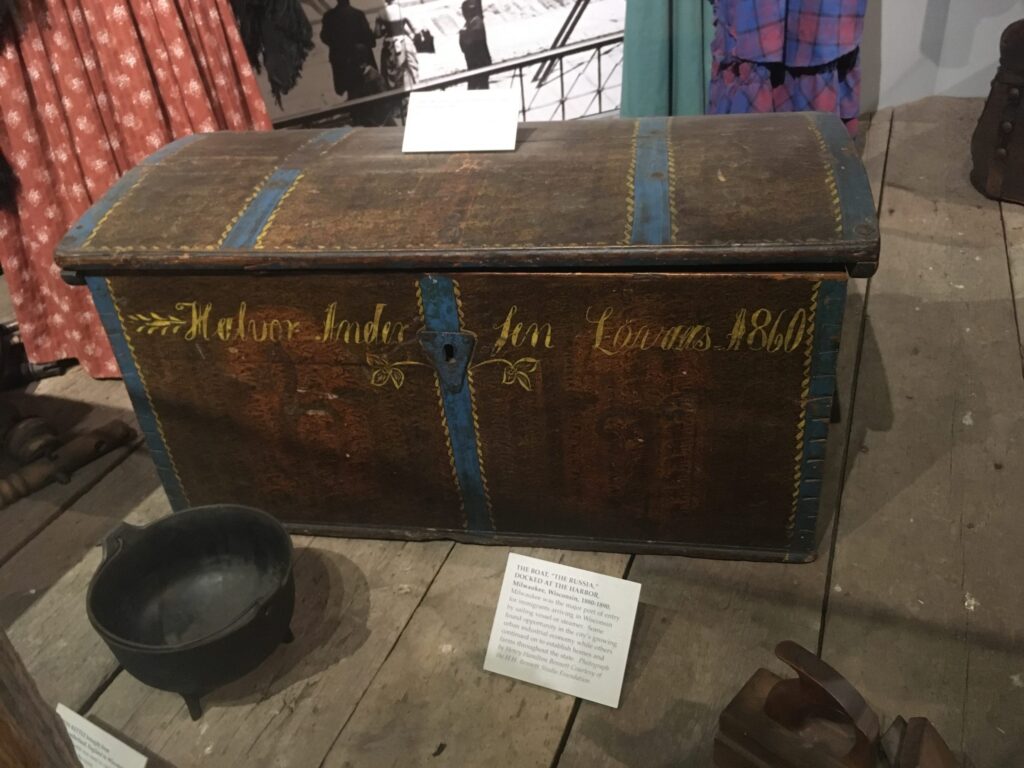
Trunks like this, decorated with colorful paint and a family name, were a unique mark of Norwegian culture. Norwegian immigrants were known to paint colorful, floral designs to adorn their trunks, a folk art style known as rosemaling. In Wisconsin, Norwegians expanded on this tradition, popularizing rosemaling throughout the United States. Per Lysne, who immigrated from Norway in 1907, revived the art of rosemaling with his business in Stoughton, Wisconsin. He brought many people’s attention to this Norwegian folk art and inspired generations of rosemalers throughout the country. Today, many Wisconsinites recognize rosemaling as part of the state’s identity. Norwegian trunks carried more than valued possessions to America: covered with the art of their homeland, they brought Norwegian traditions across an ocean, a continent, and across centuries.
When people in the countryside of Norway started painting floral designs on wooden trunks, they didn’t know that one day, their art would end up in a museum across the world. Think about the traditions that your family has. Did they come from your grandparents or your great-grandparents? Do they come from the place you live, or where your family used to live? Or have you created new traditions all on your own?
One day, historians will study the traditions we practice today. One of your traditions could even end up in a museum, so that people in the future can learn about how Wisconsinites like us once lived.
Written by Nick Ostrem, April 2020.

Wisconsin Historical Museum
This object history is part of the Wisconsin Historical Museum Mini Tour
This Post Has 2 Comments
Comments are closed.
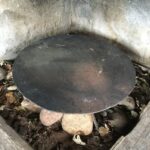
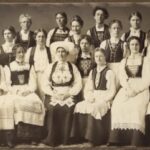
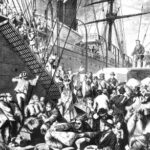

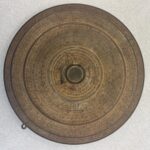
I have an immigrant trunk with appears with the monogram of A J F 1795. Do people know what the initials were typically attached to (person, place, etc)? If it is a monogram what is the order of the letters (i.e. A = First Name, J= Second Name, F = Last name; or is it completely something different). Also what would the date signify? The date of building the trunk? Birth year of the owner? Immigration date? I’m trying to determine which of my Norwegian ancestors this trunk cam from. I can send a photo if that is helpful. Thanks, in advance for your help. Mike Marsh
That’s really neat! It doesn’t appear as though there are hard and fast rules about what was written on these immigrant trunks, though it seems that names and dates very often correspond to the trunk’s owner and their date of travel. If I were to venture a guess based on what I know about these objects, the ‘AJF’ is likely a monogram (First name A, second name J, and family name F), and the date may be the date of immigration. There are examples, however, where the trunk was made as a dowry chest where the date may correspond to the wedding date, but dowry chests very often have much more writing or ornamentation.
I hope this helps you track down the original owner!